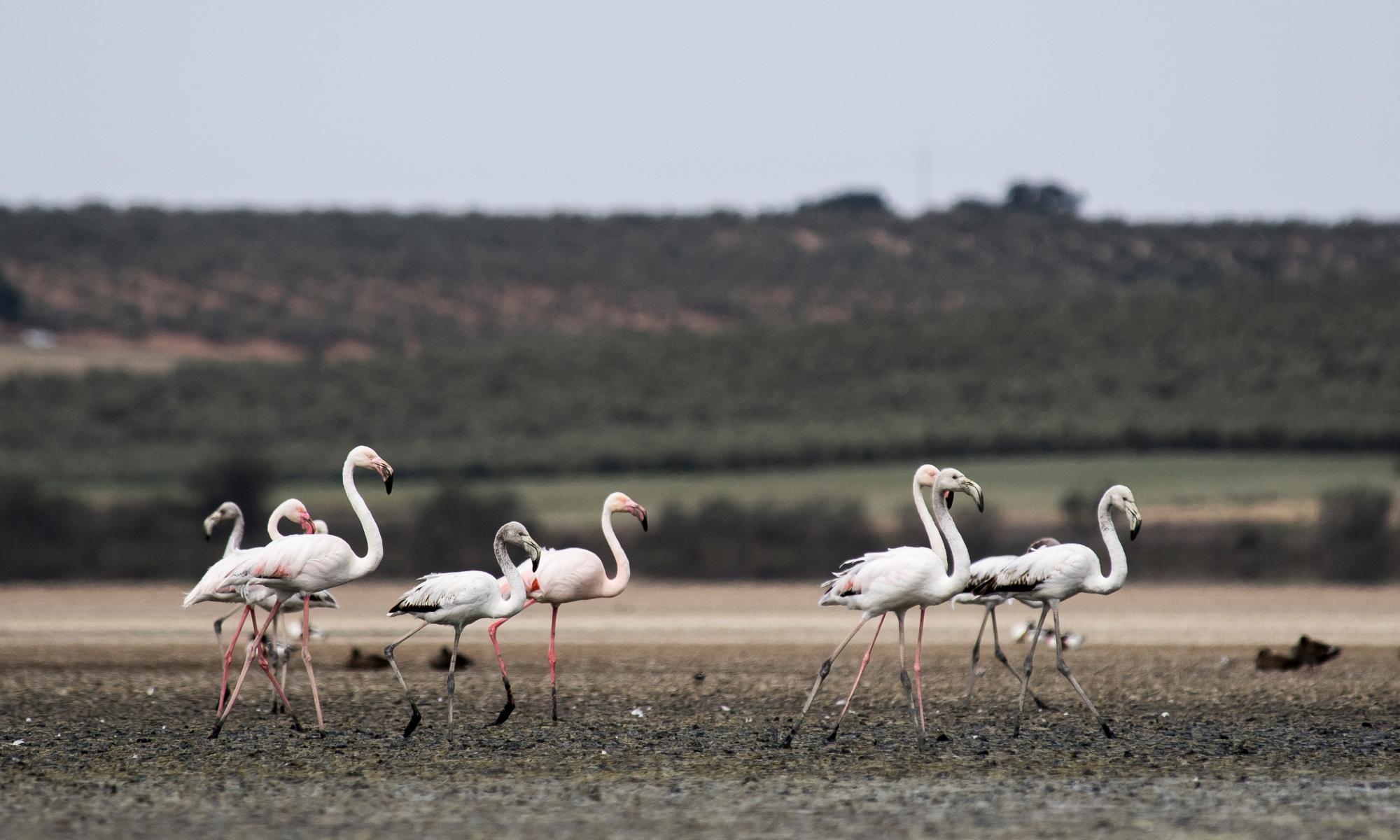To the passing seagull, it doesn’t look like much: a few buoys bobbing about in the North Sea, four miles off Scarborough harbour. But the buoys mark the next frontier in UK farming and an initiative that could help North Yorkshire become the first carbon-negative region in England.
Thirty-five metres beneath the waves is the UK’s largest offshore seaweed farm, a 10-hectare (25-acre) patch of ocean managed by a company called Seagrown, started four years ago by a marine chemist, Laura Robinson, and Wave Crookes, an aptly named local trawlerman turned mariner. In 2015 they met and fell in love working on a British Antarctic Survey icebreaker and resolved to return to the UK to develop a form of “regenerative, restorative” industry.

They are growing three fast-growing species of kelp that can be used to make everything from a biodegradable alternative to a plastic bottles to an umami-rich condiment already stocked in Selfridges, as well as eco-friendly fertiliser and cattle feed. When the Guardian visits, they are taking a delivery of soap and handcream made from their seaweed by a local company, Cosy Cottage.
Seaweed is a crop that scientists believe can help to effectively reverse the climate crisis. A 2019 study found it 20 times more effective than plants at carbon sequestration: taking CO2 from the atmosphere and “locking” it up in solid or liquid form. Seaweed does this effortlessly by exporting a large portion of its biomass out into the deep sea.

Projects like Seagrown are crucial if North Yorkshire is to achieve its recently announced, highly ambitious goal of capturing and storing more carbon than it emits by 2040. The area’s carbon plan lists a number of measures that will fundamentally change the way people in this sparsely populated, largely rural region live and work, including a 48% reduction in private car usage by 2030, a 900% increase in cycling by 2030, retrofitting 250,000 homes by 2038 and deploying between 200,000 and 270,000 heat pumps by 2038.
It may come as a surprise to some that North Yorkshire, of all places, is the first region in England to aim to become carbon-negative. Other regions, including Cumbria, Greater Manchester, West Midlands and West Yorkshire, are aiming for a slightly less ambitious carbon neutrality. But Katie Privett and Katie Thomas, from the York and North Yorkshire local enterprise partnership (Lep), have drafted the “route map” to carbon-negative, which is in the process of being adopted before its official launch next month. They argue that the region is uniquely placed to do this.

“With two national parks, three areas of outstanding natural beauty (AONBs) and over 70% of our geography being used for agriculture, we are uniquely positioned to use our natural assets to capture and store carbon,” they write in the document.
Why set sights so high on carbon-negative rather than just carbon-zero? “Because we can,” insists Privett, the Lep’s energy programme lead. “Not many areas in the UK have the assets we have, with the natural sequestration of carbon and the technological sequestration of carbon.”
Almost all the recommendations the Katies came up with during the extensive consultation made the final cut, barring one fairly glaring omission: a stark reduction in the production and consumption of red meat and dairy, which was a step too far for a region proud of its sheep and cattle. “It was the only thing we completely took out of the recommendations because so many stakeholders just shut down when we had that conversation,” said Thomas.

The car reduction targets are also going to be tricky in an area where public transport outside the large towns and cities is poor. Like many of North Yorkshire’s targets, it will require significant central government investment, as well as a huge shift in public attitude.
Councillor Greg White, the Conservative cabinet member for climate change on North Yorkshire county council, supports the plan, but is sceptical that it can be achieved. “I don’t think people have grasped yet what is required,” he said. “Most people are thinking, ‘We’re going to change to an electric car at some point in the future’ and life will carry on as normal. But actually what we are talking about is fundamental changes in the way that people live their lives and their mobility.”
He thinks retrofitting the region’s poorly insulated homes should be an early priority, a “win-win” that would significantly cut the region’s carbon emissions while reducing household bills.
But the plan cannot be simply imposed, he says. “If we were in China, we would just tell people: ‘This is what we’re doing.’ But we live in a democracy, thankfully, and in order to do these things we need to bring people with us. I think we are halfway there, in that most people accept climate change is real. But I don’t think people understand how much of a change to their current way of life is going to be needed.”
Back in Scarborough harbour, where Crookes is about to set sail to monitor the biodiversity of the seaweed farm, he agrees that achieving carbon-zero will require everyone in North Yorkshire to pitch in. “We can’t just say it’s the government’s problem. It’s all of our problem, and anything we have in our gift to do, we should do.”



